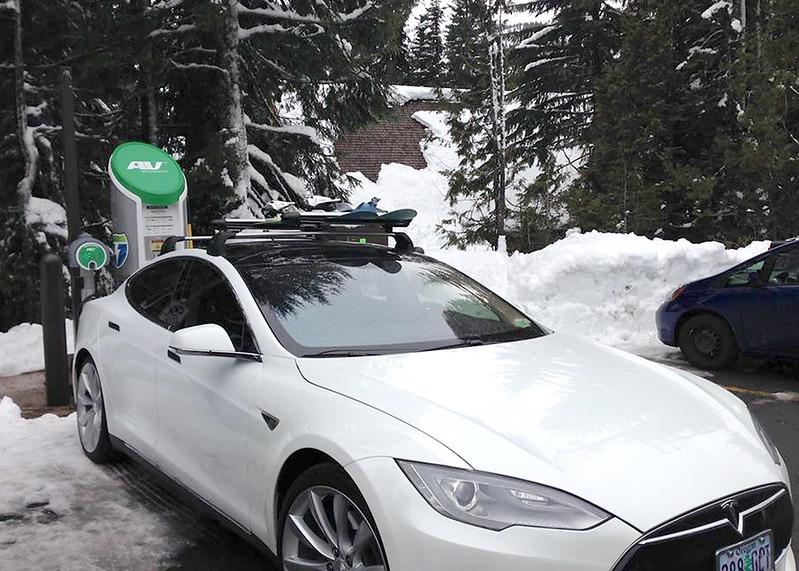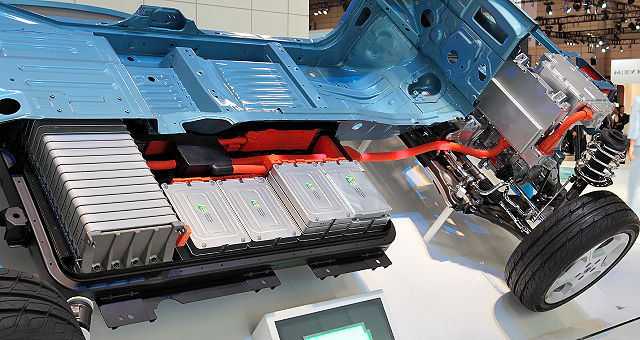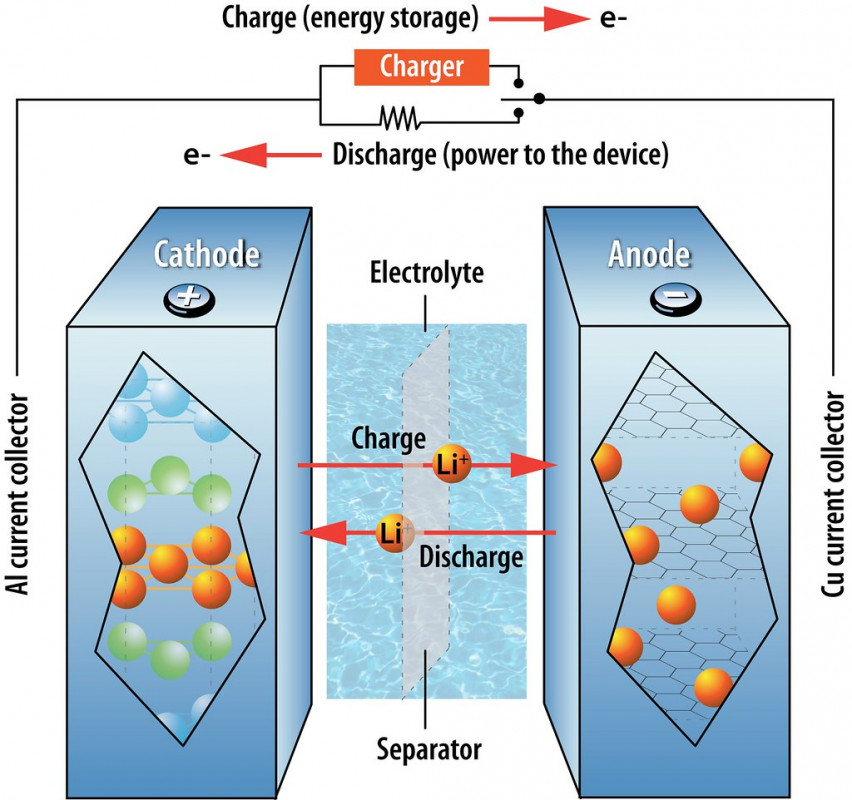 As temperatures chilled in January, so did electric vehicles from Chicago to northern Texas, where lows of up to -9 °F (-23 °C) were recorded!
As temperatures chilled in January, so did electric vehicles from Chicago to northern Texas, where lows of up to -9 °F (-23 °C) were recorded!
Exasperated owners found themselves struggling to keep their EVs charged. Long lines at supercharger stations extended into the street. Some EVs had such low power that they even died as their owners queued!
In other cases, some owners saw their car batteries completely die as the mercury dropped below zero. Charging stations, too, were not immune to the cold. Lines at stations were lengthened due to high demand and slow charging. To make matters worse, some Tesla supercharging stations could not charge cars at all!
Why do cold temperatures have such a serious impact on EVs and related infrastructure? Is there any way to keep driving EVs in the winter? Let’s take a closer look.
Frozen Cars, Sluggish Charging!
It is well known that cold weather affects how cars function, but why is that the case?
 The answer is that batteries in electric cars function best around 60 to 80 °F (16 to 27 °C). When surrounding temperatures drop below this ideal range, the electrolyte fluid inside the batteries slows down. The cold slows the rate of chemical reactions inside the fluid. This affects the rate at which power can be extracted from the battery.
The answer is that batteries in electric cars function best around 60 to 80 °F (16 to 27 °C). When surrounding temperatures drop below this ideal range, the electrolyte fluid inside the batteries slows down. The cold slows the rate of chemical reactions inside the fluid. This affects the rate at which power can be extracted from the battery.
Regular gas-powered vehicles face the same problem but to a lesser degree compared to EVs. Gas-powered vehicles use an internal combustion engine that generates heat – for both batteries and passengers. However, EVs lack a combustion engine and so, the extra heat must come from elsewhere. This can be from the workings of the car’s motors or a separate heater - both of which take precious battery energy and generate far less heat.
To deal with the stress of cold batteries, EVs must give up certain features. Hence in sub-zero temperatures, features such as driving range, regenerative braking (technology that allows batteries to charge during braking), and fast charging are compromised to protect an EV's vulnerable batteries.
Keeping EVs on Wintry Roads
 Despite these challenges, EVs can still prevail in winter weather if they are properly cared for. First, it’s important to maintain a charge above 20 percent. This will give EVs enough energy to warm up their batteries so that they can still charge efficiently in sub-zero temperatures.
Despite these challenges, EVs can still prevail in winter weather if they are properly cared for. First, it’s important to maintain a charge above 20 percent. This will give EVs enough energy to warm up their batteries so that they can still charge efficiently in sub-zero temperatures.
Second, EVs should be preconditioned whenever they are charged. This is to ensure that the battery and the inside of the vehicle are already warmed with energy from the charging station before it starts driving. Many EVs can be scheduled to activate this feature via the smartphone app.
We can also expect further advances in science and technology. Scientists are currently working on developing solid state batteries. These are batteries that do not use electrolyte fluid and thus will not be as vulnerable to cold temperatures.
Furthermore, the Biden administration recently invested billions into improving charging infrastructure and electrifying transportation.
As we strive to keep our electric vehicles toasty during the winter season, our climate continues to benefit from their reduction of carbon emissions!
Sources: NY Times, Washington Post, Wired, Guardian, Forbes, Consumer Reports









